The summit of Pico Duarte, the highest mountain in the Caribbean, rises to an altitude of 3,180 metres, straddling the Armando Bermúdez and José del Carmen Ramírez national parks. It is named after Juan Pablo Duarte, founder of the Dominican Republic and a national hero. The bust of the Father of the Homeland is enthroned at the summit. It attracts adventurers and hikers from all over the world.
The Dominican Republic's green lung, the Cordillera Central, nicknamed "The Dominican Alps", is ideal for ecotourism enthusiasts. A favourite region for thrill-seekers, its mountainous terrain is ideal for mountain biking, paragliding, abseiling, zip-lining, canyoning, rafting, hiking and horse-riding. Climb Pico Duarte, the highest peak in the Caribbean at over 3,175 metres. Be sure to check the weather conditions, as frosts are common! Take the opportunity to visit typical villages in the surrounding area, such as Jarabacoa, the town of eternal spring. The region is also home to numerous coffee plantations and even a golf course, set between mountains and pine forests. Special mention should be made of the superb Salto Jimenoa and Salto de Baiguate waterfalls!
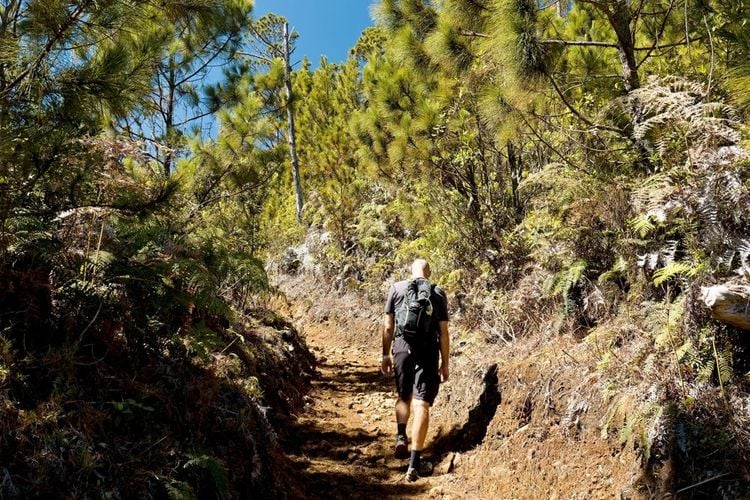
Climbing Pico Duarte
- © Rostasedlacek / Shutterstock✈️ Air tickets to Santo Domingo
Latest flight deals to Santo DomingoPico Duarte, the summit of the Cordillera Central
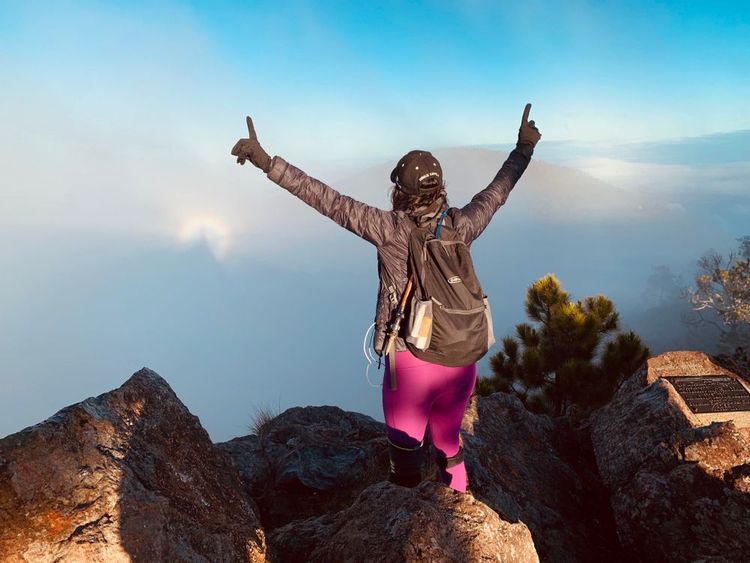
Victory, we're on the roof of the Caribbean
- © Idrialis Castillo / ShutterstockLocated in the Cordillera Central, the mountain range that crosses the entire Dominican Republic from east to west, Pico Duarte has to be earned! You have to brave low temperatures, fog, dense rainforest, flash floods... Most excursions leave from the village of La Cienaga, in Jarabacoa, the country's eco-tourism capital. The climb, which takes between two and five days depending on the route chosen (there are 25 km to cover), can be made on foot or by mule.
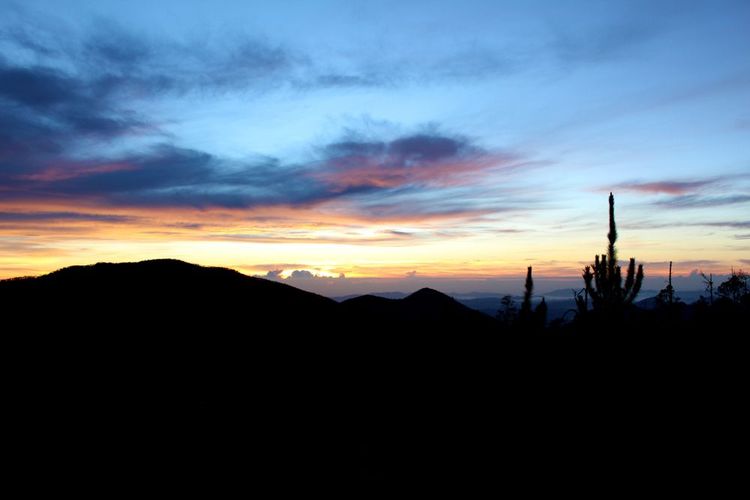
Sunrise at Pico Duarte
- © Clearco / ShutterstockWhat to do in the Cordillera Central
The town of Jarabacoa
Nestled in the mountains of the Cordillera Central, Jarabacoa, the city of eternal spring, is the Dominican capital of ecotourism and agro-tourism. Temperatures oscillate between 7 and 22 degrees: an oasis of coolness in the heart of the Caribbean, perched 530 metres above sea level. An ideal spot for lovers of adventure, mountain activities (paragliding, canyoning, rafting...) and authenticity!
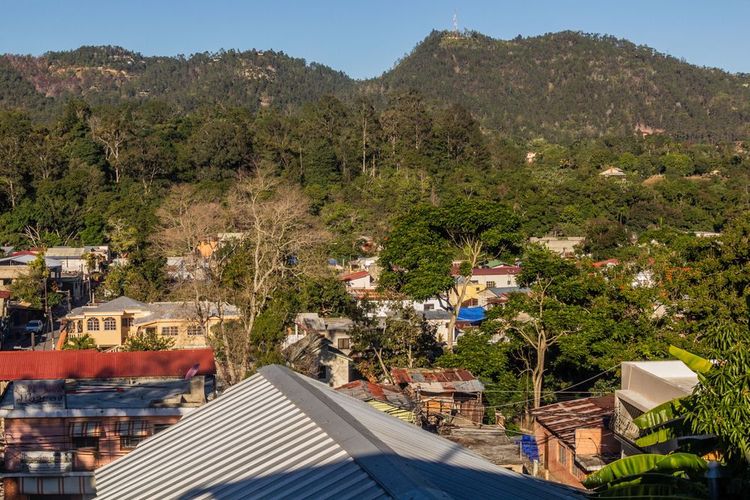
The town of Jarabacoa
- © Matyas Rehak / ShutterstockThe region has no shortage of charming accommodation, including ecolodges. The most impressive site is the Salto Jimenoa Dos waterfall: spectacular! A two-hour hike takes you around this powerful waterfall and its pools via three footbridges suspended above the Río Jimenoa.
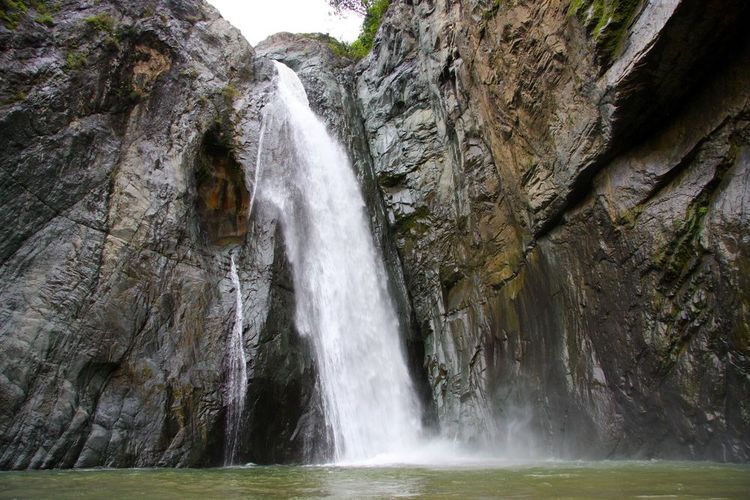
The Salto Jimenoa Uno waterfall
- © Sylvia Kania / ShutterstockNestled in a deep canyon, also 20 minutes' drive from the town of Jarabacoa, this 25-metre-high waterfall is ideal for swimming, thanks to its emerald green or jade-coloured pool. It's easy to get to thanks to the wooden steps that lead straight down to the water. A popular spot with locals, it's a welcome refreshing break in the hottest hours of the day. The site also lends itself to canyoning, with the excursion ending with abseiling down the Salto de Baiguate.
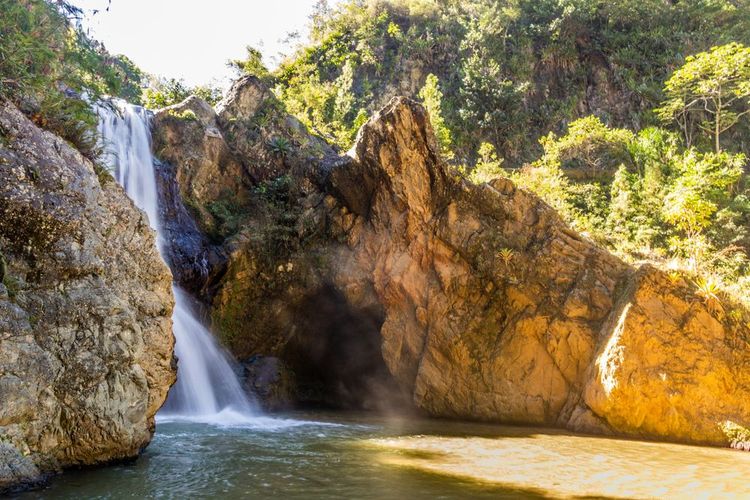
Salto de Baiguate waterfall near the town of Jarabacoa
- © Matyas Rehak / ShutterstockVisit Constanza: the highest town in the country
Perched at an altitude of 1,200 metres, less than an hour from Jarabacoa, Constanza is the highest and coldest town in the Dominican Republic. Nearby attractions include the Aguas Blancas waterfalls, the José del Carmen Ramirez national park and the Valle Nuevo national park.
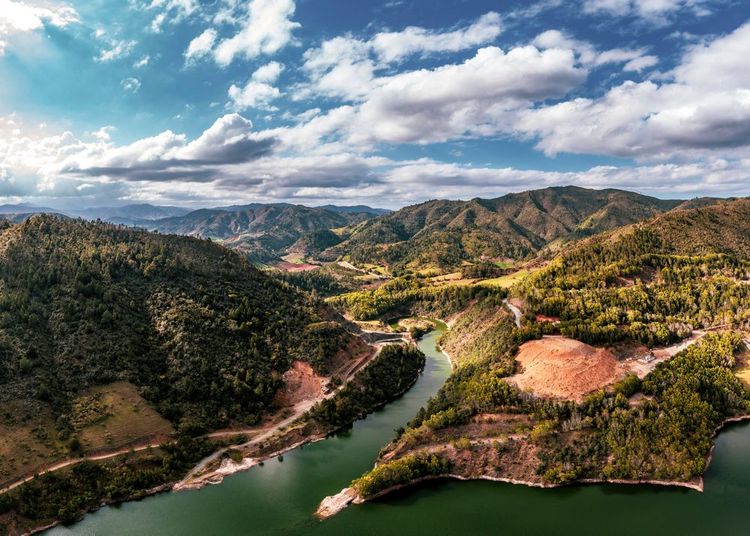
Dam in the mountains of the Constanza region
- © Carlos Horton / ShutterstockNot far from Constanza, 22 km to be exact, is the Aguas Blancas waterfall, nestling at an altitude of 1,800 metres. At 83 metres, it is the highest and most beautiful waterfall in the country! What a delight to swim in! You don't need to be cold, the water is cool...
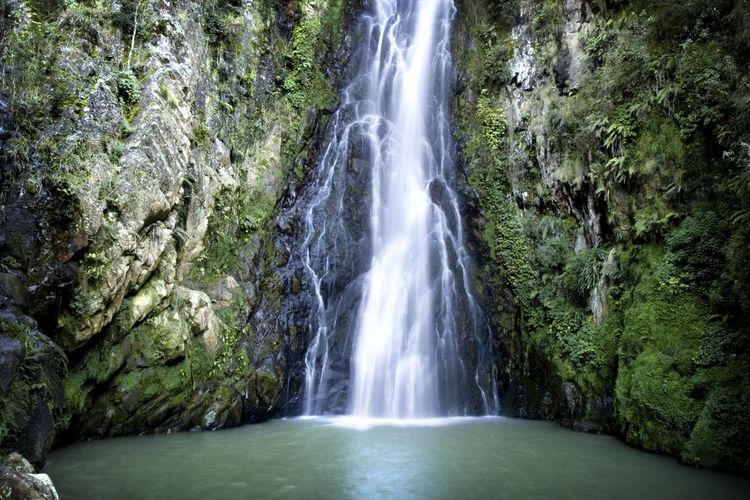
Aguas Blancas waterfall
- © Luciano Ippolito / ShutterstockWhere to stay in the Cordillera Central?
⭐Gran Jimenoa: A hotel in the heart of nature, in Jarabacoa
Bordering the Rio Jimenoa, the Gran Jimenoa, nestled at the foot of the Cordillera Central mountains, is an eco-friendly address in the heart of nature! Enjoy typical mountain dishes (suckling pig mofongo, roast rabbit, goat or billy goat stew, etc.), swim in the pool or in the Jimenoa river and relax at the spa.
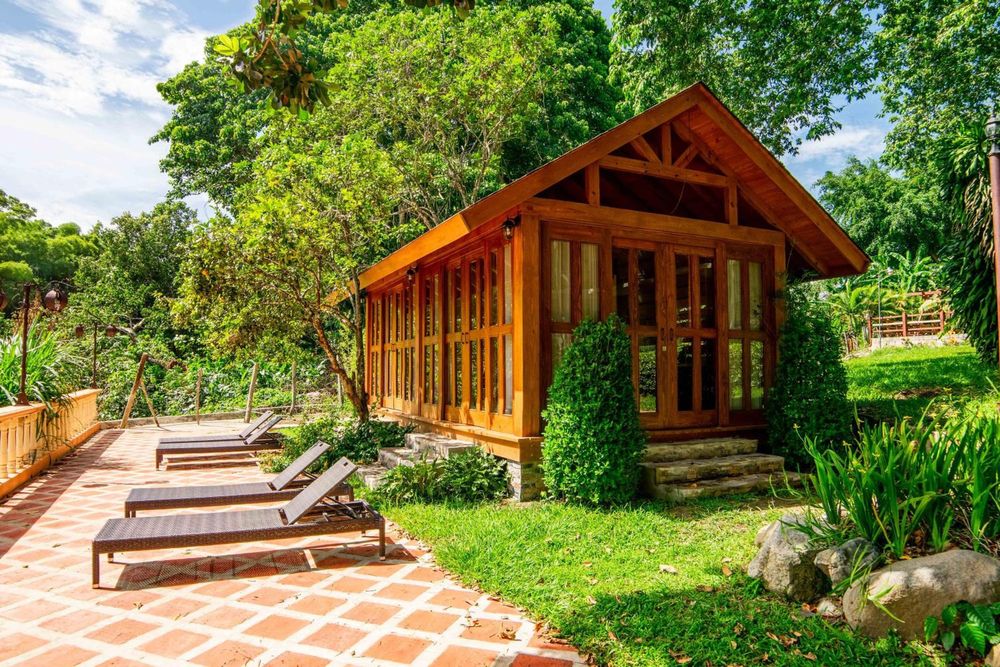 Dominican Republic
Dominican Republic
Hotel Gran Jimenoa
Located in Jarabacoa and offering garden views, the 4-star Hotel Gran Jimenoa features a garden, terrace, restaurant, bar and children's playground.Practical information
When to visit the Cordillera Central
To fully enjoy the natural beauty of the Cordillera Central in the Dominican Republic, it's best to visit during the dry season, which runs from October to May. This is the best time to visit this mountainous area of the Dominican Republic, without fear of capricious weather.
Documents and visas
French nationals need a valid passport to travel to Santiago de los Caballeros, and the Dominican Republic in general.
Language
Spanish is the official language of the Dominican Republic, but in Punta Cana you'll have no trouble finding people who speak English and French.
Currency
The currency is the Dominican peso (RDS). ATMs can be found in the reception areas of major hotels. Most of the time, you can pay in US dollars, and sometimes in euros in European hotel chains. Credit and debit cards are generally accepted. Please note that prices in restaurants, bars and hotels do not include VAT, so add 16% tax, plus a 5-10% tip.
Electricity
The destination is supplied with 110 volts (American standard), so you will need an adapter and a voltage converter to use French electrical appliances. However, most hotels will be able to lend you one.
Health
No vaccinations are required, but a D-T-Polio update is recommended, as is anti-malarial treatment. Always drink bottled water and avoid raw vegetables and milk. Beware of heat shock between the over 30°C outside and the 15°C air-conditioned rooms, bars and restaurants.





